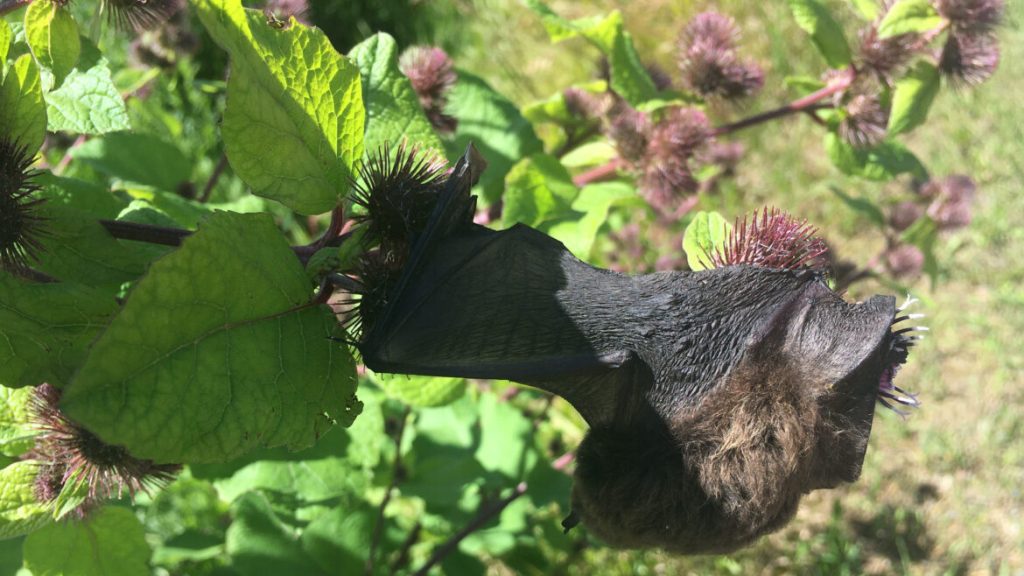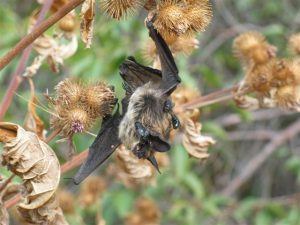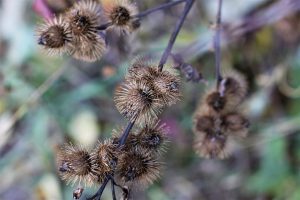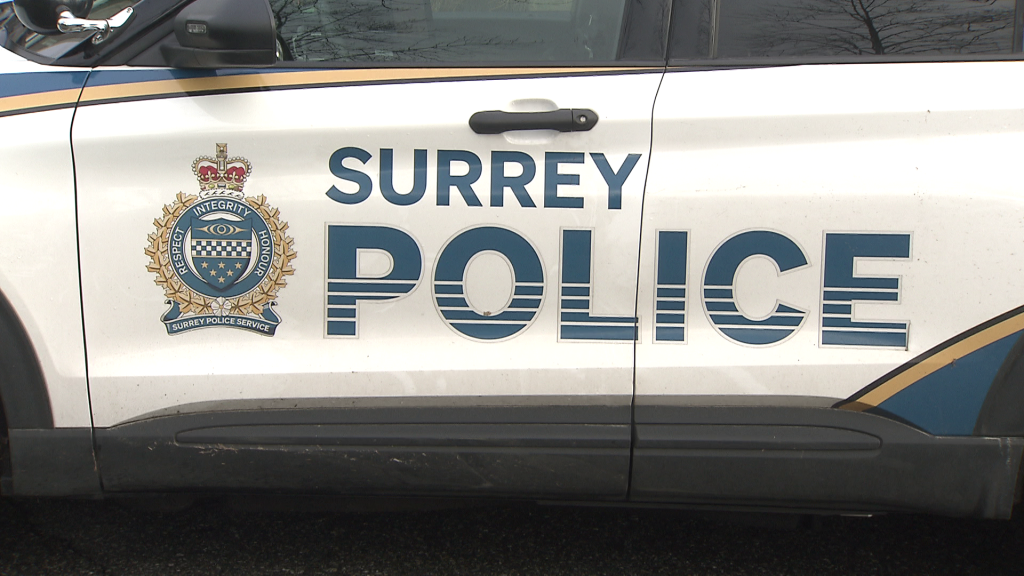Invasive plant is killing B.C.’s bats

Posted October 30, 2022 3:35 pm.
Last Updated October 30, 2022 3:44 pm.
An invasive plant is posing a serious risk to B.C.’s bats, who help to control the insect population.
The plant is called burdock, and is considered a harmful weed in many regions of the province. It can be found along fence lines, open fields, and roadsides.
“Sometimes bats fly too close to burdock while chasing insects, and their wings get stuck,” a report from the Invasive Species Council of B.C. (ISCBC) reads.
When the bats get trapped, they usually can’t escape, and then die.
Burdock spreads very easily – one plant can produce up to 16,000 seeds, according to ISCBC.

Bat entrapped in invasive burdock (Photo courtesy of F. Iredale/ISCBC)
“Bats, birds, basically any small animal, can get stuck in burdock, notorious for its rounded flower heads with hooked spines (burrs),” Allison McCabe, the senior lead of outreach at ISCBC, explained.
“These burrs are so sticky they were the inspiration behind Velcro.”
Mandy Kellner, a bat conservation coordinator with the Ministry of Land, Water and Resource Stewardship, says they often get reports and pictures of bats snagged on burdock. However, she says they don’t know the full scope of the problem.
The council also adds the burrs often attach to the manes and tails of horses, cows, and sheep’s wool, and can make them sick.
Related Article:
There are 15 species of bats in B.C., all of which are insect-eaters. Each bat can eat up to its own weight in insects every night, Kellner said.
“Bats in B.C. face many different threats,” she explained. “Habitat loss from urban expansion, loss of old trees used as roosts, declining insect populations, mortality at windfarms, and cat predation, just to name a few.”
Kellner adds, everyone can help the bats by removing invasive plants like burdock, helping to prevent its spread.

Burdock is an invasive plant that could be harming B.C.’s bat population. (Photo K. Bissat/ISCBC)
Experts suggest removing the plant, and cutting the roots at least 8 to 10 cm below the soil surface, or digging it out completely.
“You can also prevent the spread of burdock by remembering to Play Clean Go. Check items like clothing, shoes, and pets’ fur for hitch-hikers, and report infestations to help us identify and manage invasive species,” said McCabe.
“Bats are counting on you.”








